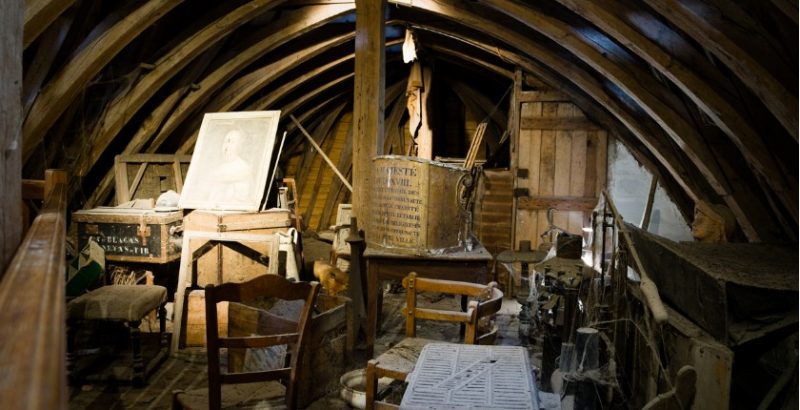Years after purchasing a house in Toulouse, France, the owner focused on an old painting stored in the attic. It was coated in dust and stained by a water leak, so it seemed unlikely to be worth anything. But to be on the safe side, in 2014 he alerted an art appraiser, Eric Turquin, based in Paris. It took several years to get the report, and when it arrived, the news was astounding.
The painting is “Judith and Holofernes,” believed to have been painted in 1607, and a lost masterpiece by Caravaggio. France has put an export ban on the painting to stop it leaving the country while further investigations are performed.
At a press conference it was announced that the restored painting will be auctioned in Toulouse, where it is expected to sell for up to €150 million, or $171 million.
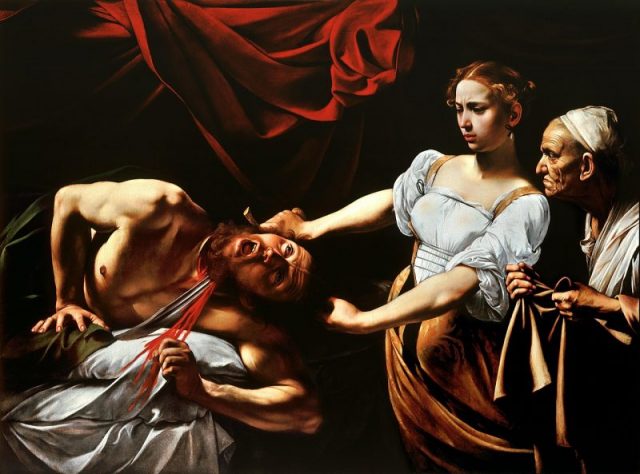
“The large, remarkably well-preserved canvas of the beheading of the general Holofernes by Judith, from the apocryphal Book of Judith, was painted between 1600 and 1610, specialists estimate,” reported The Guardian. It depicts a scene from the Book of Judith, from Roman Catholic and Eastern Orthodox versions of the Old Testament, in which Judith seduces an enemy general in his tent before beheading him.
“This is the greatest painting I’ve ever found,” Turquin told CNN. “It’s very violent. It’s almost unbearable. But he’s an artist who embodies the text — he makes the text living.”
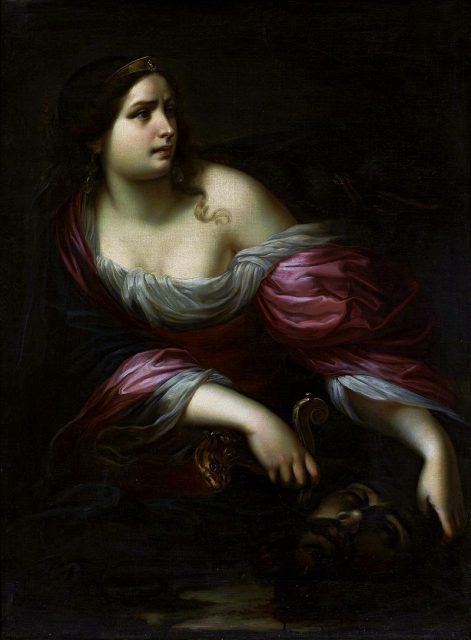
Turquin also said the painting has “the light, the energy, typical of Caravaggio, without mistakes, done with a sure hand and a pictorial style that makes it authentic.”
The painting’s existence was known before its discovery due to mentions of it in two letters dating back to 1607 to the Duke of Mantua; a 1617 will of art dealer and painter Louis Finson; and an estate inventory of Abraham Vinck of Antwerp in 1619, according to the Robb Report. “It was thought to have been displayed at some point in Antwerp in 1689, but since then there has not been any mention of the painting until its recent discovery, tucked away in a dusty French attic.”
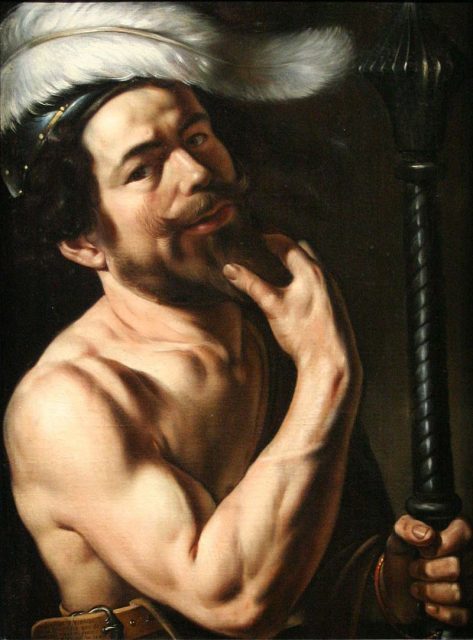
Turquin got the backing for the painting’s creator from a top Caravaggio expert, Nicola Spinoza, former director of the Naples museum.
“The third expert I met told me that it was not only a Caravaggio, but also a masterpiece,” Turquin said. “Judith Beheading Holofernes must be considered the most important painting, by far, to have emerged in the last 20 years by one of the great masters.”
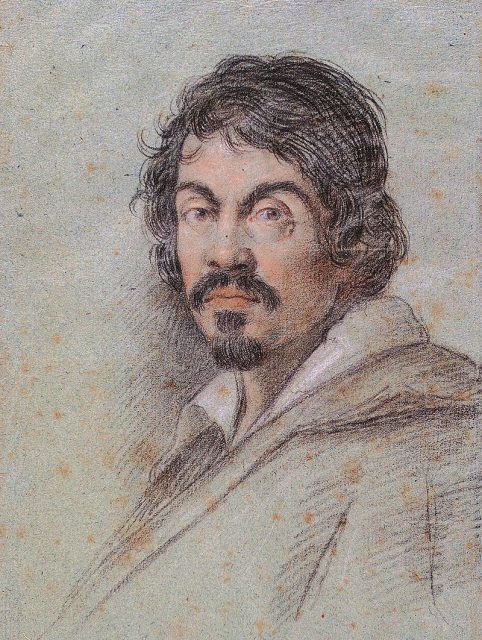
The export ban means this painting cannot leave the country for 30 months while it is studied, and to allow French national museums enough time for possibly buying it. The Louvre Museum has spent three weeks studying it.
The painting shows up in an inventory of the estate of a man named Abraham Vinck, carried out in Antwerp in 1619. After 1619, the fate of the painting became a mystery, though according to the Colnaghi gallery, it could have been shown in Antwerp in 1689. “We don’t know where it goes after 1689,” Turquin said.

Caravaggio himself led a violent, notorious life. When the artist died at the age of 39 in 1610, some said it was of malaria, others syphilis, still others that he was poisoned by his enemies.
Read another story from us: Leonardo Da Vinci’s Only Finished Sculpture Finally Identified
The artist was particularly passionate about fighting. One chronicler wrote, “After a fortnight’s work he will swagger about for a month or two with a sword at his side and a servant following him, from one ball-court to the next, ever ready to engage in a fight or an argument, so that it is most awkward to get along with him.”
Caravaggio’s paintings revolutionized art with their compelling combination of realistic human anatomy and intense use of light.
